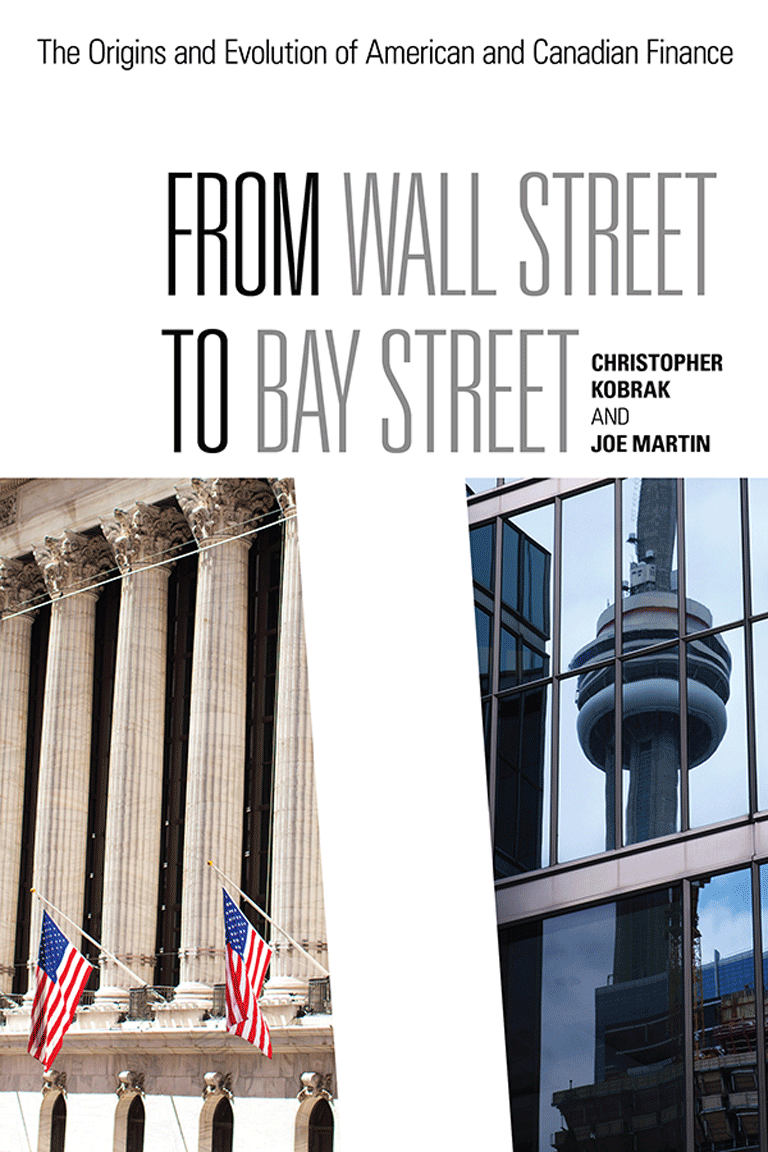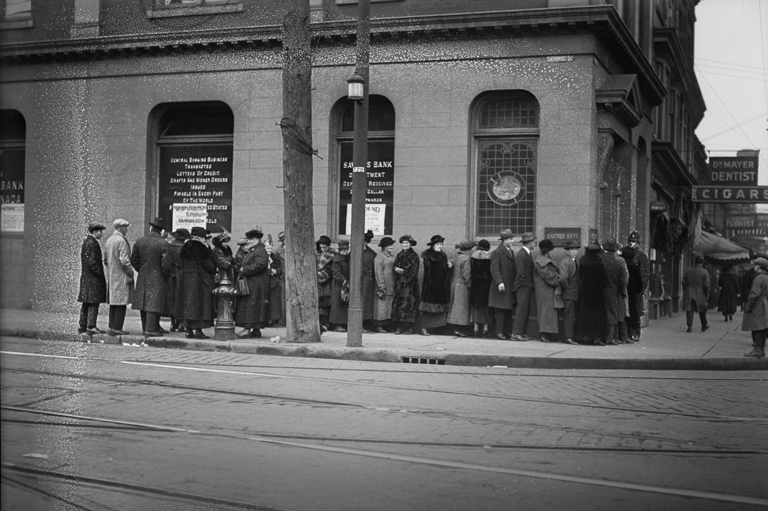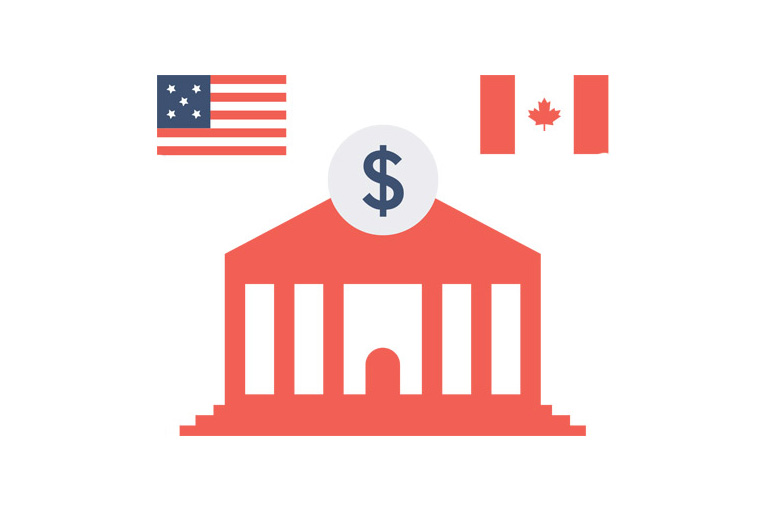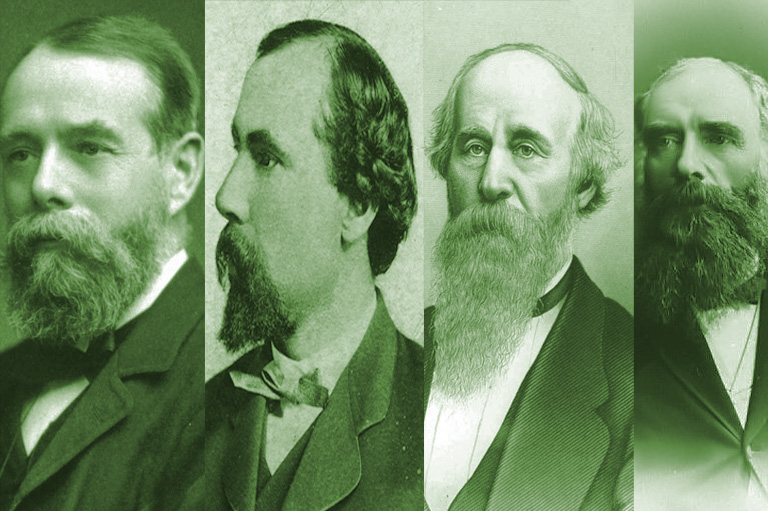Discover a wealth of interesting, entertaining and informative stories in each issue, delivered to you six times per year.
Relative Savings

The new book From Wall Street to Bay Street: The Origins and Evolution of American and Canadian Finance (University of Toronto Press) was written by Christopher Kobrak and Joe Martin, both of whom were business and financial historians at the Rotman School of Management in Toronto. Kobrak died unexpectedly in January 2017 before completing work on the manuscript.
We posed some questions to Martin, who will be speaking about the book at various locations this spring. Those include a public event at the University of Winnipeg’s Convocation Hall on May 30, beginning at 4:00 p.m.
What inspired you and your co-author to write this book?
In 2012, Chris — an American who had been teaching in Paris for over two decades — and I were putting together a comparative course on the American and Canadian financial systems for the Rotman School of Management. In 2008 there had been a credit crisis, global in scope, known as the Great Recession. We thought the course would be of interest to students looking to understand why the Canadian and American financial systems performed so differently during that recession. The course led to the book, and a contract was signed in March 2013.
Your book is groundbreaking in that it is a comparative examination of both the Canadian and American banking systems. Why was this approach important?
There is a trend toward writing comparative histories as a way of developing insights you would not otherwise develop. In the 2008 credit crisis, two of the most similar countries in the world had very different results. We asked ourselves, how was it that two nations, neighbours in North America, both with British roots, would have such different results? We also asked ourselves why and set out to find the answer. As professor Stephen Mihm from the University of Georgia has noted, “When seen in each other’s reflection, the financial history[ies] of both countries look altogether different than when studied in isolation.”

What role did banks play in the growth of early Canada?
It has finally been realized that sound financial systems, which begin with public-policy decisions, enable economic growth. The financial systems of both countries, inspired by the genius of Alexander Hamilton (yes, the Hamilton of the musical that was nominated for sixteen Tony Awards), ensured that both countries had extraordinary economic growth.
It is generally known, at least among financial historians, that the charter of the Bank of Montreal, Canada’s first bank, was nearly a copy of the charter of the First Bank of the United States. But, more importantly, it was a limited-liability joint-stock company — another Hamiltonian concept — with branch banking, something that was adopted by almost all commercial banks in Canada.
Canada weathered the 2008 financial crisis better than the United States. Why was Canada better equipped to weather the storm?
Canada was able to weather the storm better than the United States for several reasons:
- We maintained the Hamiltonian tradition.
- In 1864, the Fathers of Confederation ensured that Canadian banking would be a federal responsibility. The words “bank” or “banking” cannot be found in the U.S. constitution.
- In 1871, Sir Francis Hincks brought into effect a Bank Act in Canada with the provision, unique in the world, that there had to be regular reviews (originally every ten years, now every five) of the Bank Act by Parliament. This has resulted in an evolutionary system that is bought into both by the Canadian banking system and by Parliament.
- In the 1980s, when Canadian banking and trust companies went off the rails, the Canadian government created the Office of the Superintendent of Financial Institutions, which has done an excellent job since its creation.
- The countries have totally different approaches to housing, such as non-recourse mortgages, which permit people to walk away from the loans. This type of loan is standard in the United States but not in Canada (except for Alberta and Saskatchewan).
There were other milestones, including the creation of Canada’s Office of the Inspector General of Banks after the 1923 Home Bank failure, but the five reasons mentioned above are the key ones.
What lessons do you hope your readers take away from the book?
The first and most important lesson our readers can take away from the book is that history matters. When you are talking about something as important and complicated as a financial system, there are literally thousands of interactive parts; and if a wrong legislative change is made, it can have devastating effects over a long period of time.
For example, think of the closing of a bank branch in big cities like Toronto or small towns such as Lyleton, Manitoba, after the Home Bank went down. For our American readers, we hope they will learn the ongoing value of comparative research, as they did prior to the establishment of the Federal Reserve Board in 1913. For Canadian readers, we hope they will better understand just how good a financial system we have.










